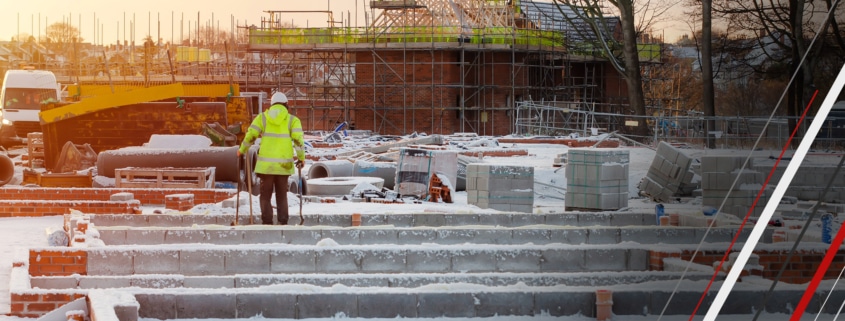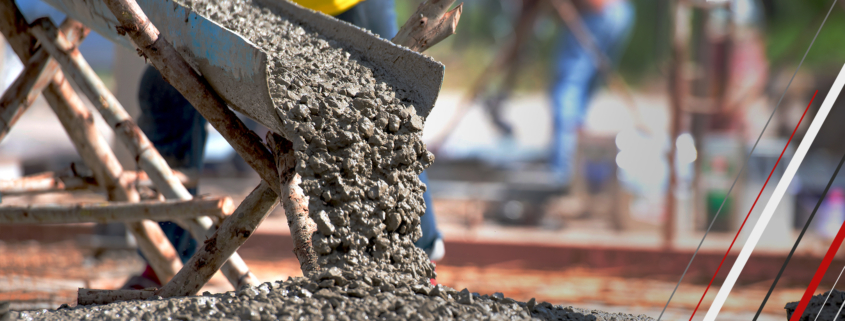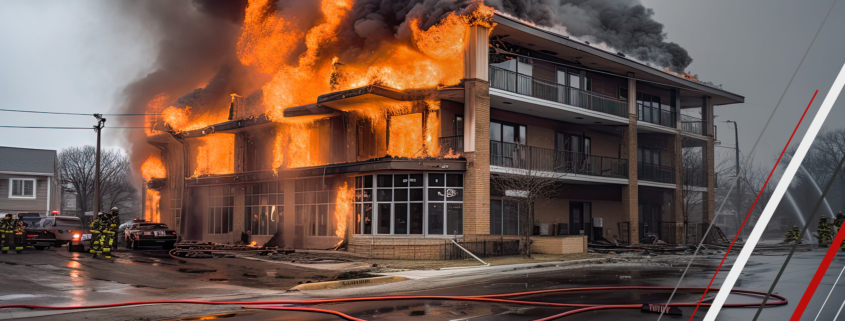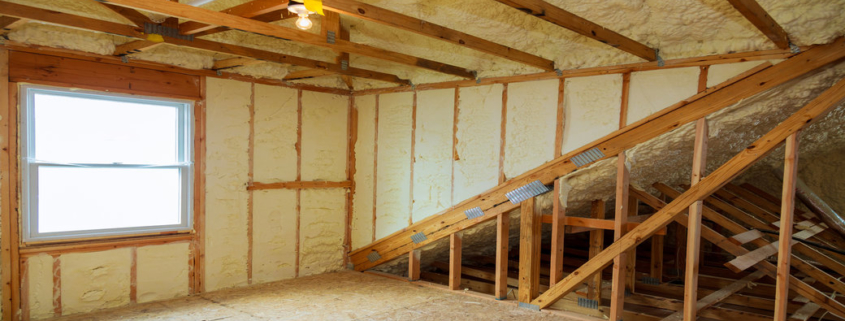Building Through the Cold: How To Keep Construction Moving in Winter
When the temperature drops and snow starts to fall, many people assume construction work slows to a halt until spring. But winter isn’t downtime — it’s just a different kind of building season. With the right preparation, equipment, and expertise, projects can stay on track safely and efficiently, even in the coldest months.
Planning Ahead is Key
Winter construction success starts long before the first frost. We plan our schedules carefully, factoring in shorter daylight hours, potential weather delays, and site conditions. Materials that are sensitive to freezing temperatures — like concrete or sealants — are ordered and stored strategically, so they’re ready when we need them.
Safety Comes First
Safety is always a priority — and even more so in winter. Cold, wind, and ice can impact both worker safety and productivity. We implement strict safety measures including:
- Heated work zones and shelters for personnel
- Daily inspections for ice, snow, and equipment readiness
- Proper protective gear and cold-weather training
- Adjusted work rotations to prevent fatigue and cold stress
Working Smart with Materials and Equipment
Not all materials behave the same in cold weather. For example, concrete needs special care to cure properly when temperatures dip below freezing. Make use of heated enclosures, ground blankets, and chemical additives to ensure quality results. Make sure equipment is winterised too — with antifreeze checks, proper lubrication, and fuel management to keep machines running smoothly.
Protecting the Site
Winter weather can be unpredictable, so take extra steps to protect job sites. Temporary shelters, tarps, and heaters help keep materials dry and workable. Proper drainage prevents melting snow from creating muddy messes or ice buildup. Every measure taken ensures your project stays on track, no matter what the forecast brings.
The Benefits of Winter Construction
Believe it or not, winter can be a great time to start certain types of construction. With fewer projects competing for permits, inspections, and materials, scheduling can actually be easier. Plus, when spring arrives, your project is already ahead of schedule — ready for finishing touches while others are just breaking ground.
Final Thoughts
Winter construction doesn’t have to mean delays or downtime. With the right planning, expertise, and commitment to safety, commercial projects can continue to move forward efficiently throughout the colder months.
At Broadsword, we understand the pressures that come with winter working. Our teams provide specialist construction, screeding, fire protection, and interior fit-out services that keep projects moving, whatever the weather. To learn more or discuss support for your next project, visit our Broadsword Group services page or contact us to arrange a consultation with one of our experts.










